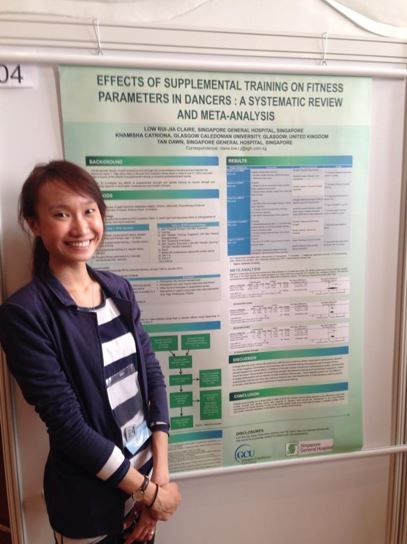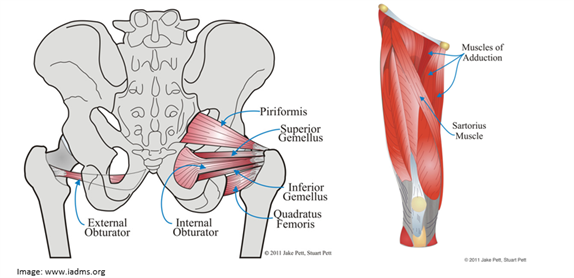Blog
Blog
To torque or not to torque: The summative contributions of the knee, tibia and foot in the use of turn out
Author: Maggie Lorraine on behalf of the IADMS Education Committee
In a previous post we examined the structure of the pelvis and hip joint and observed how the anatomical variations of the structure can impact on an individual’s ability to externally rotate their legs in the hip socket (turnout). We know that in most cases, dancers do not possess perfect turnout or complete external rotation from the hip. Often turnout is viewed as the placement of the prescriptive positions of the feet on the floor, however it is important to remember that turnout is an aligned movement of the whole leg from the hip joint culminating in the centering of weight over the foot on the floor whilst dancing. Ergo turnout is an action not a static position.
Read ArticlePhysiotherapy with the heart of a dancer – a personal history
Author: Dinah Hampson
When I was five, I saw my first full-length ballet and fell in love. I begged for lessons and studied dance for the next ten years. Despite passion, talent and training I didn’t have the physical facility for a career on the stage and I chose a different path. Ballet is defined as an artistic dance form performed to music using precise and highly formalized set steps and gestures. I assumed my years of studio time were forgotten when university led me to a career in physiotherapy.
Read Article5 Questions with Claire Low
The Student Committee would like to introduce “5 Questions With…” a column designed to give students an opportunity to share something about themselves, their research, and their involvement with the International Association for Dance Medicine & Science (IADMS). Our first featured member is Claire Low, recipient of the Student Research Award in 2014 at the 24th Annual Meeting in Basel, Switzerland. She graduated from Glasgow Caledonian University and is currently a physiotherapist at Singapore General Hospital. Her areas of interest include dance injury, injury prevention, and Pilates for dancers.
Read ArticleApproaching turnout with young dancers: Muscles that rotate the leg
Author: Elsa Urmston on behalf of the IADMS Education Committee
All too often we see our young dancers forcing their turnout in an attempt to achieve the illusive 180 degree line of the feet whilst often compromising the neutral line of the spine and pelvis and putting the knees, ankles and feet at high risk of injury.
Read ArticlePage 1 of 1
- IADMS 34th Annual Conference - Experience Point of View: Jennifer Milner
- IADMS 34th Annual Conference - Experience Point of View: Joanna Nicholas
- IADMS 34th Annual Conference - Experience Point of View: Erika Mayall
- Beginning ASL for Medical Students & Health Practitioners
- Relative Energy Deficiency in Dance

